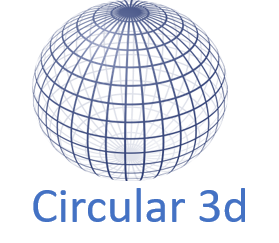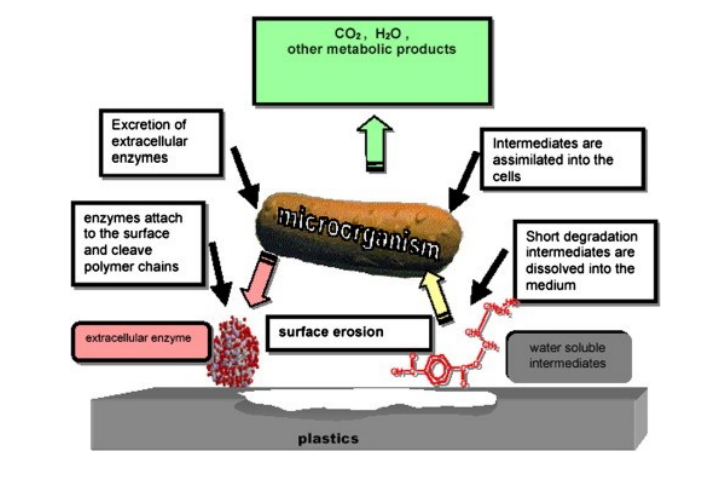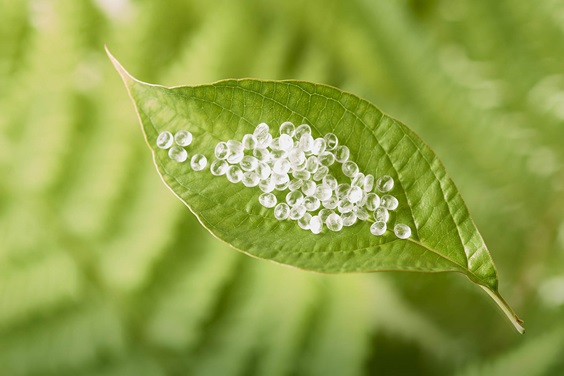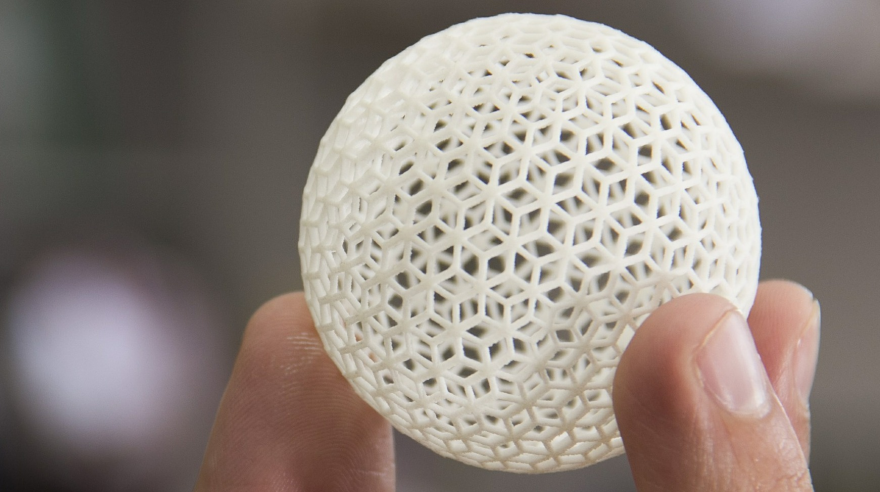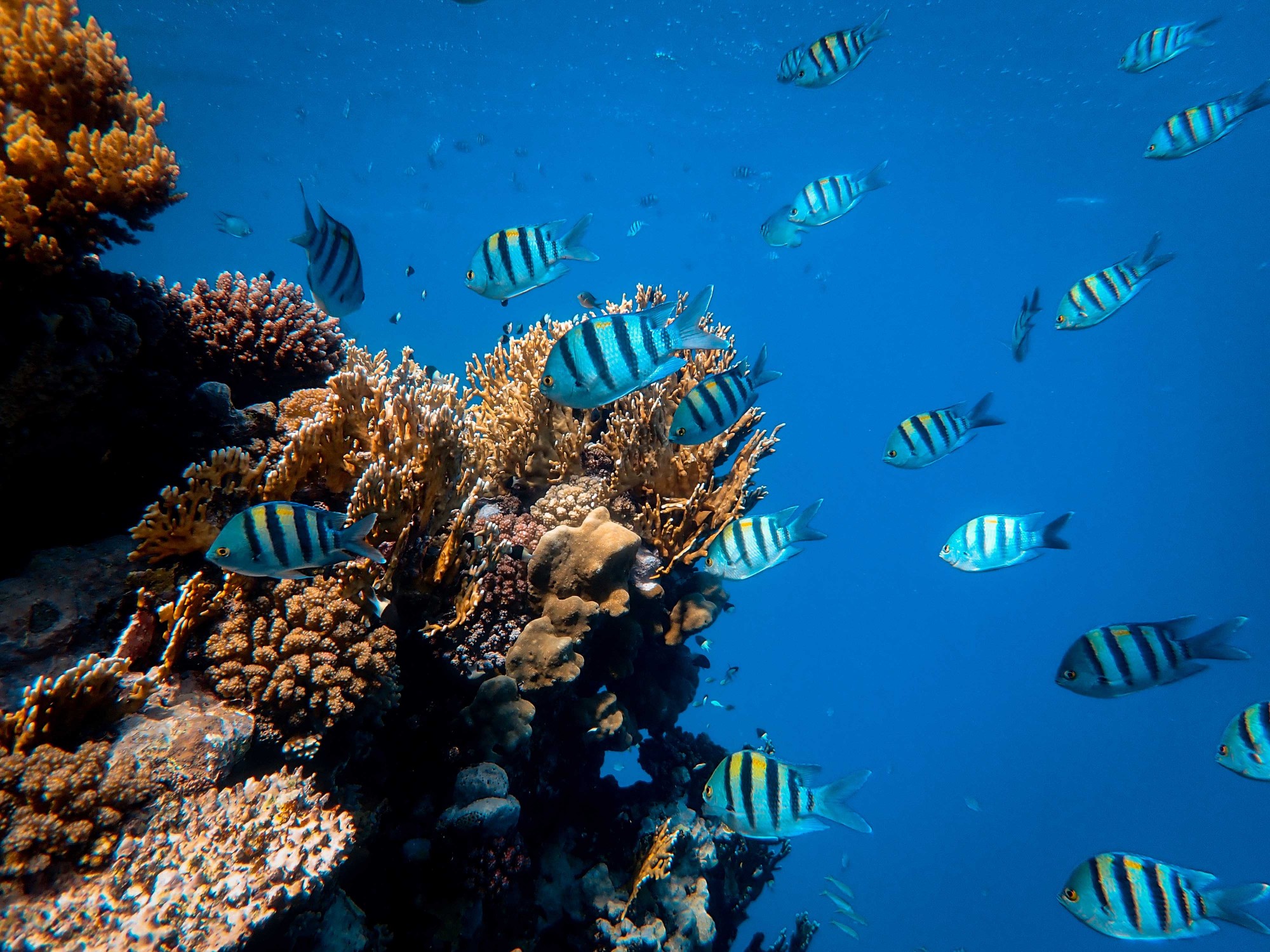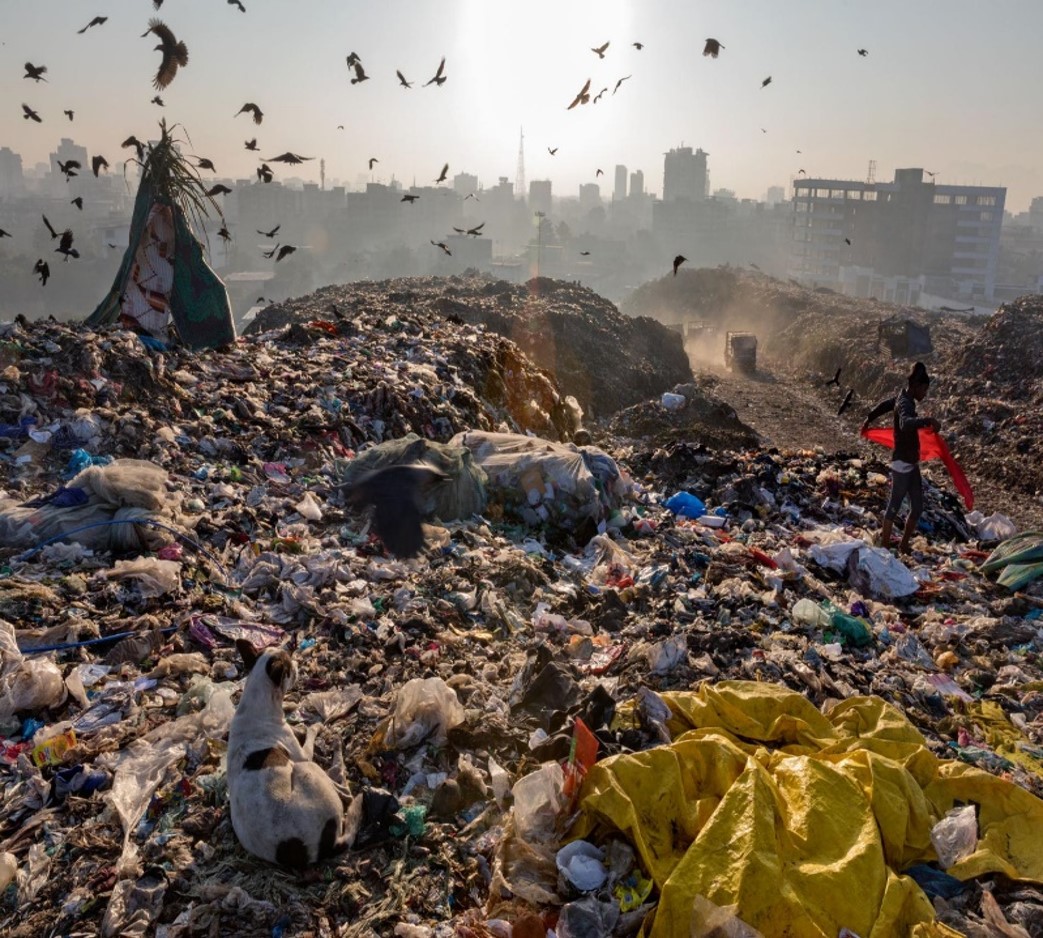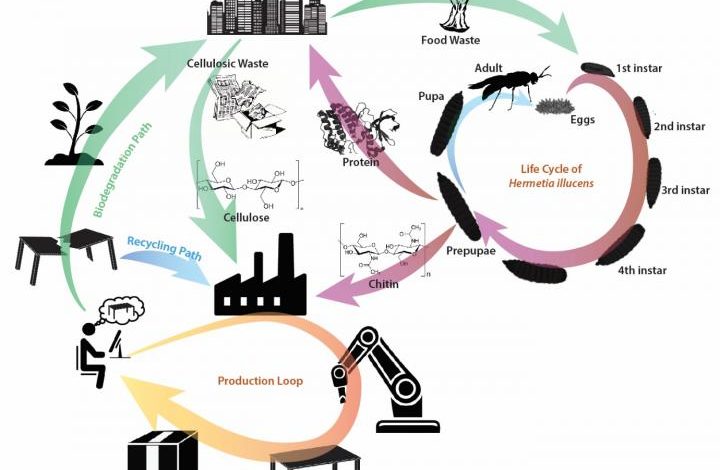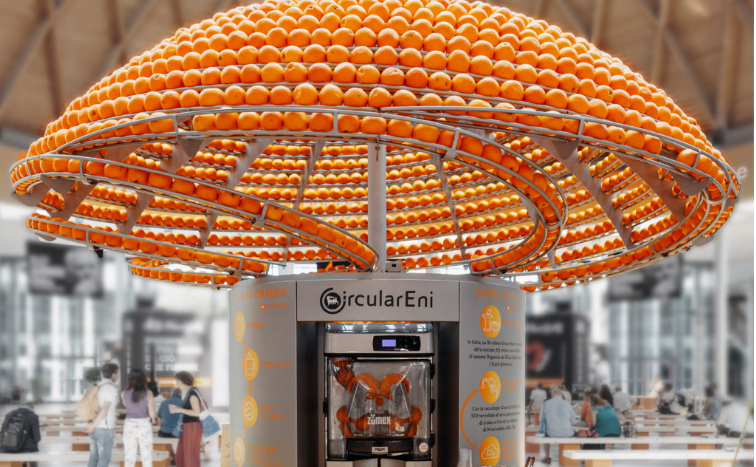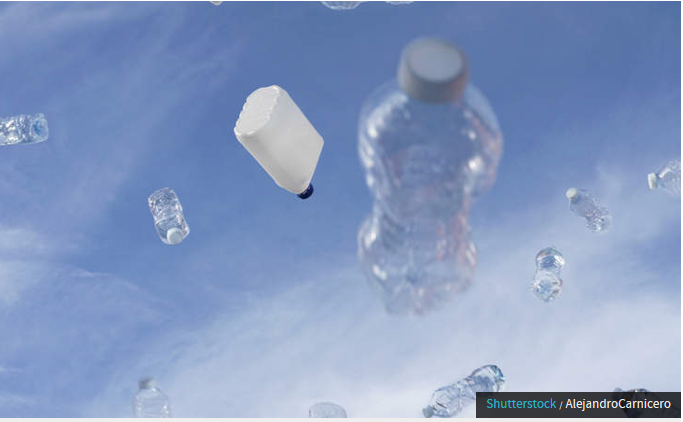3D Printing with Bioplastics: Engineering Biodegradable PHA Blends (3dPrint.com)
Jackie Anderson offers a review regarding one of the most critical 3D printing topics today: materials. As innovation continues to grow, so do the options regarding software, hardware, and different types of plastics (along with many other alternatives today). In ‘Engineering Biodegradable PHA Blends,’ Anderson explores issues with plastic waste, and the need to use more…
